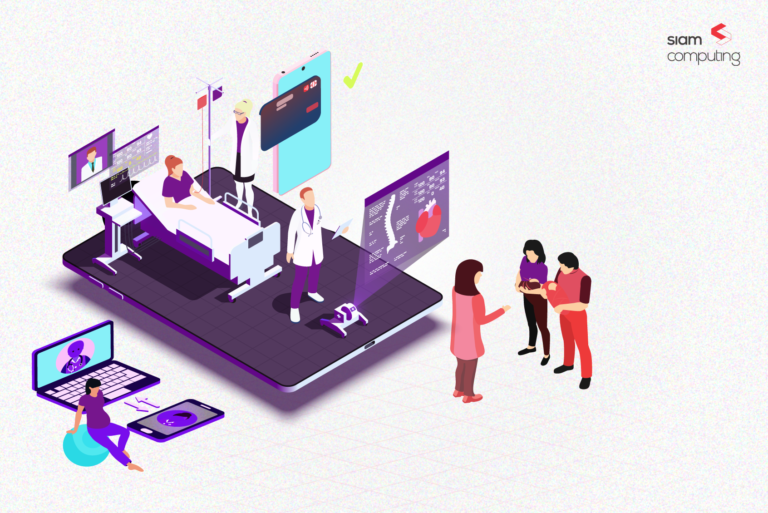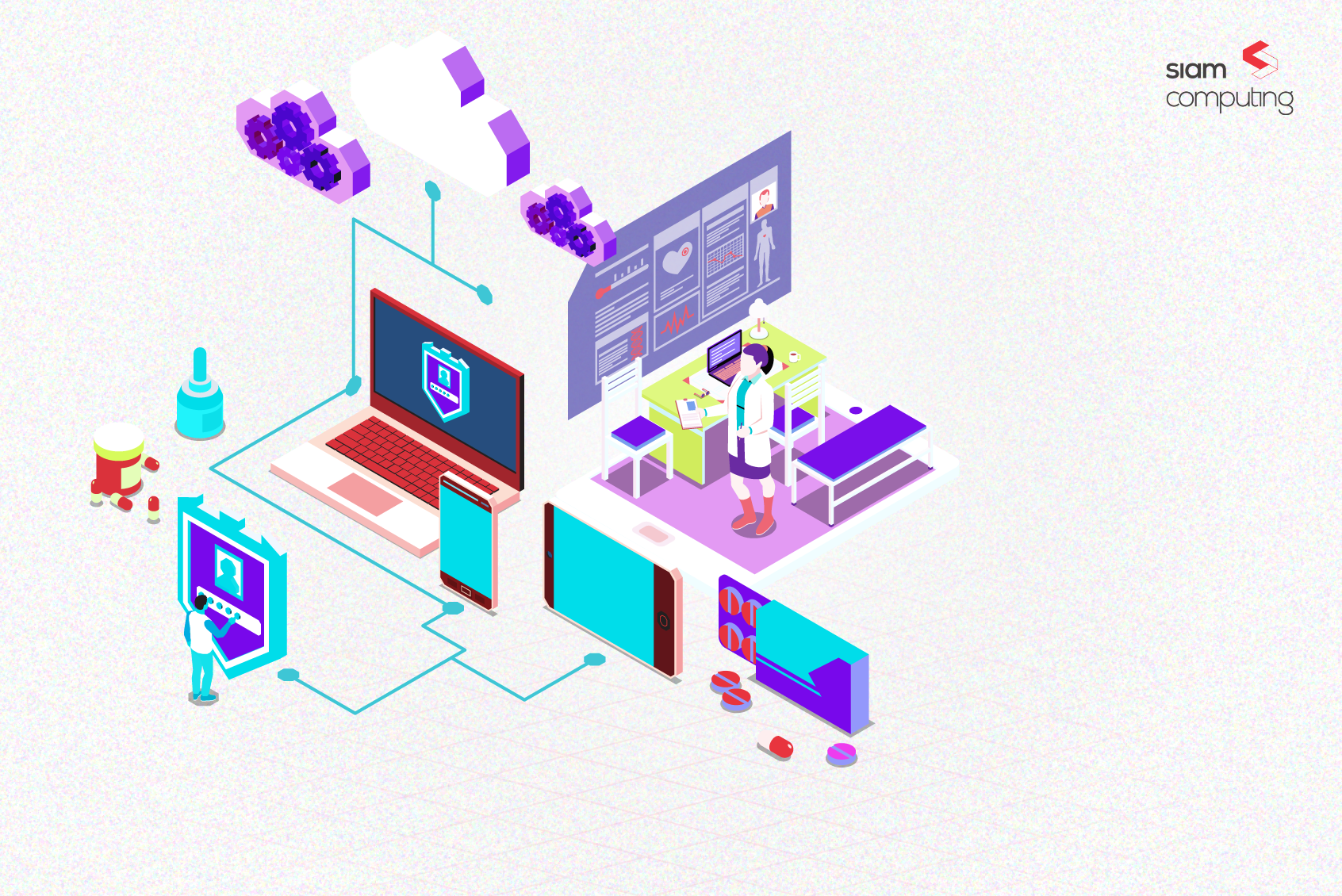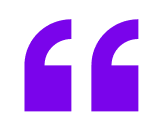UX – aka ‘User Experience’ is one of the many buzzwords that is most predominantly used in the digital world. When you happen to talk to a developer be it a web developer or a mobile app developer, you will definitely hear this word a lot. The reason being, it is an important factor that determines the success of the application (both web and mobile app). With that said, I’m going to take you for a walk through ‘User Experience Design’ in this article.
User Experience – What is it?!
User Experience is basically the experience of a user whilst he/she uses a product (here, it refers to either a ‘Website’ or a ‘Mobile App’ since we are going to talk about the digital products in this article). User experience can be looked upon as how a person feels while bonding with an application/system. The application/system can vary from a mobile app, website, desktop software to various kinds of web applications. So this is from a general point of view.
Now, from a technical perspective, ‘User Experience’ is fundamentally viewed as a semblance of ‘Human-Computer Interaction’ – HCI. Technicalities such as system crashes, technical glitches, errors, page load details, network requests, etc are the elements that a developer/IT professional looks for from ‘User Experience’.
Picture Credits: Unsplash
Importance of User Experience
‘User Experience’ is directly proportional to the success of your business. It is essential to cater to the needs of the users who are the customers/clients and UX’s intention is to take care of the needs of the users. A user’s loyalty to a brand/product/business is facilitated by a positive user experience. Therefore, by monitoring the technical parameters of UX like that of the user’s navigation experience on your website/mobile app and other metrics, a developer will be able to offer even more superior UX and resolve technical issues in the process. Since most of the business operations are digital, this will ultimately boost the ‘User Experience’ of the user and will pave way for a successful business, which is why ‘User Experience’ is important in the present-day scenario.
Picture Credits: Unsplash
Coming to the User Experience Design
The designing approach by taking into consideration the multiple aspects of a user towards a product (here ‘Web Application, Mobile Apps, etc) or service comes under the terminology – User Experience Design. Ranging from aesthetics, functionality, accessibility, usability, etc of an application to the experiential, practical, meaningful, effective, and vital aspects such as emotions, attitude of human-computer interaction, ‘User Experience Design’ focuses on these parameters that are quite challenging to engineer.
User Experience Design – The Quadrant Model
User Experience Design can be broadly classified into four disciplines:
1. User Research
In the user experience design process, UX designers do a lot of background research in order to tend to the problem statement at hand by figuring out a solution for it. Extensive user research, opinions, and responses from a target audience who could be potential customers and already existing customers are done with utmost importance. In this phase of the user experience design process, the research methodologies that the UX designers adapt are surveys/questionnaires, interviews, polls, and usability testings. Also, user personas are created to get a clear picture of the needs and requirements of the users. Upon thorough research of the data (both qualitative and quantitative) collected by various research methodologies customized user experience design strategies are formulated.
2. Experience Strategy
User experience design is more than just creating a good user experience for the users. It plays a vital role in formulating holistic business strategies to fulfill the needs and requirements of the users (customers) and at the same time satisfy the demands of the company. Thus while framing the experience strategy, all the factors contributing to a constructive user experience must be taken into account as they add value to the business.
3. Information Architecture
Information architecture deals with arranging the information and content in a proper meaningful and accessible way so as to provide the users the ease of navigation about the product/application. Mapping the contents on a logical basis and thereby establishing a relationship between the contents and information enables the UX designer to develop a good information architecture. The kind of words and language used in the content is paid close attention to and thereby consistent and convincing content/information is ensured.
Picture Credits: Unsplash
4. Interaction Design
In interaction design, the interaction of the user with the application/product is closely observed. Interaction elements such as navigation, page transitions, animations, and buttons are closely monitored, and based on the observation, intuitive interaction design is formulated by the UX designers which lets the users complete their intended tasks and core actions with ease.
The ‘Quadrant Model’ of the user experience design process clearly depicts that UX design is more than just IT technology. It involves multidisciplinary fields such as cognitive science and psychology, computer science, communication design, usability engineering, and more. Thus the user experience design process involves improvising the user satisfaction by constantly upgrading the navigation, usability, and user experience offered by the application/product based on the interaction with the application/product.
Picture Credits: Unsplash
The User Experience Design Process
The user experience design process is an iterative process that upgrades the user design on a regular basis. Different stages involved in this process where the user design is evaluated at each and every stage are as follows:
1. Sketching
In the process of sketching, the UX designers brainstorm a lot on various ideas and make many drawings of the ideas. They don’t go into the details, but the overview of the application’s visual is sketched in this stage.
2. Wireframing
Wireframing is the next stage where the chosen idea is worked on in a detailed manner. The requirements in terms of features and functionalities are accumulated. Then the structure, appearance, and the set of interface elements are created. After that, the navigation within the application and the prototypes ( dynamic and clickable) are designed. In this whole process, a software engineer is needed to develop the wireframe.
3. Visualization
Visualization is the next important step where the visuals are developed for the application. In this stage, a ‘style guide’ is introduced. It is basically a file containing the technical details of the application like the layout, color theme, interface elements, etc are present. In addition to the wireframes, the style guides help the UX developers to create bulk screens of the application. Thus with the help of wireframes and style guides, the visualization of the application is developed and again, software engineers work along with UX designers in this stage.
4. Slicing
The major part of the slicing stage is technical. Upon the approval of the wireframes, style guides, and visuals, the application will start off to be built on technical grounds. Developers build the UX/UI design given by the UX designers are thus in the slicing stage the application starts to come into existence.
Thus the user experience design process is executed and it is very important to pay close attention to the UX designing phase since it involves both time and money.
Picture Credits: Unsplash
UX Design Tools
UX designers use various kinds of tools at each and every step of the development of the application. During the initial stages, survey and poll conducting tools are used to carry out user research. Then each stage of user experience design requires different tools to be executed raging from wireframing, visualization to the slicing stages. Once the application is developed, various testing tools and performance evaluation tools are used to validate and evaluate the proper functioning of the application. Thus, a variety of tools are used in the UX design process.
The following are some of the commonly used UX design tools:
- Stylify Me
- User Testing
- Sketch
- UXPin
- Optimizely
- PhotoLine
- Color Safe
- Slack
- XMind
- Mural, etc.
The above-mentioned UX design tools are some of the predominantly used tools and there are more tools available as well.
Finally
In order to be a successful business in the market, it is very important to cater to the needs of your customers/clients. Today’s digital world is witnessing a steady growth of web applications like websites, mobile apps, etc and that has paved the way for the users to have human-computer interactions.
And as a user of the application, user experience fathoms the success of the application which is directly proportional to the success of the business. Thus user design experience needs to be paid close attention to and the above-mentioned user design experience process needs to be closely monitored in order to have a win-win situation for both the users (customers/clients) and the companies.
Get in touch with us to get a free consultation for a customized UX/UI design strategy.
Mobile app development is not only about coding and testing. It also requires strategies and analysis. Subscribe to our newsletter and stay updated.







